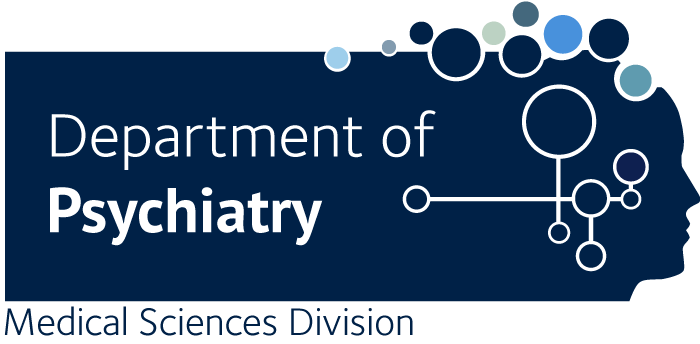Developing a digital mindfulness-based intervention to improve body image and reduce risk factors for disordered eating: Integrating theory, evidence, and the person-based approach.
Osborne EL., Ainsworth B., Hooper N., Chadwick P., Atkinson MJ.
Mindfulness-based interventions (MBIs) show promise in improving body image and reducing risk factors for disordered eating, and their digital adaptation offers scalable dissemination. However, low engagement rates in digital MBIs highlight the need for user-centred development. The person-based approach offers a systematic framework for improving engagement by integrating evidence, theory, and users' perspectives. This paper describes the application of the person-based approach in developing a digital MBI to reduce risk factors for disordered eating in young people. Intervention development occurred in two iterative phases. In Phase 1, we defined the theoretical context and conducted both a qualitative evidence synthesis and a survey study with a qualitative focus to explore the needs, challenges, and perspectives of the target population. In Phase 2, we developed and refined a prototype based on initial feasibility and acceptability testing through advisory group consultation and think-aloud interviews. These informed the guiding principles and logic model. Our theoretical framework identified the skills of decentred awareness and acceptance, emotion regulation, and self-compassion as key intervention components. Determinants of engagement included negative responses to personal practice, difficulty with habit formation, and social support. Survey findings highlighted the need to address misconceptions about body image, particularly the belief that it refers solely to physical appearance and can be improved through appearance-focused strategies. Feedback from the advisory group helped ensure the intervention was clear, user-friendly, and motivating. This novel integration of theory, evidence, and user-centred design methods provides a replicable model for developing engaging, scalable interventions to reduce disordered eating risk.

